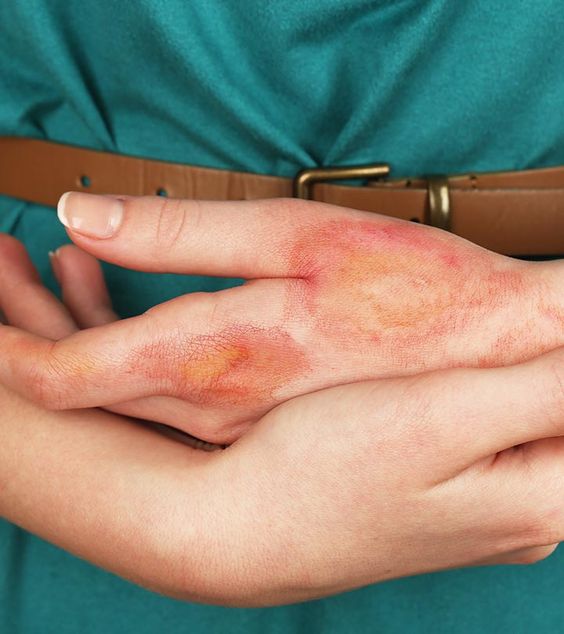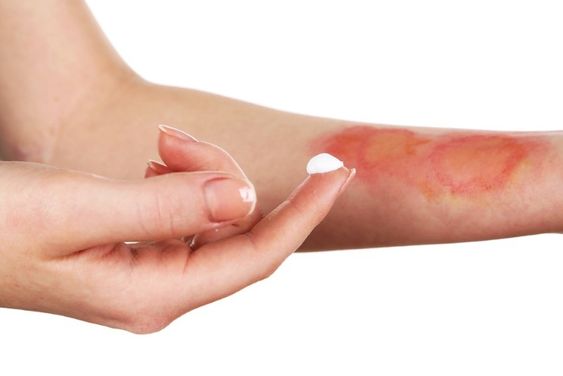Roohealthcare.com – While the pain of a burn injury may be manageable, it can also lead to infections. Patients with massive thermal injuries are at risk of infection because their skin barriers have been compromised. The inflammatory response to the burn complicates this issue, as early signs of sepsis can be difficult to distinguish. In addition to providing adequate nutrition and care, patients undergoing burn treatment require intensive physical and occupational therapy. Pain management is complex, but advanced techniques can help control discomfort and improve psychiatric function.
Considering Treatment for Burn Injury
Accurate assessment of a burn injury is critical as it forms the basis for subsequent treatment decisions, triage plans, and assessments of medical futility. Decisions regarding treatment should also take into account the patient’s preferences and expectations of quality of life. Ideally, an accurate assessment of a burn injury should be performed in a warm environment. During the assessment, a preliminary burn size should be estimated, using Lund and Browder diagrams or the Rule of Nines. Depending on the severity of the burn, resuscitation fluids should be administered.
The primary goal of treatment after a burn injury is to prevent secondary infections. Infections in the skin have a tendency to spread, affecting surrounding tissues and organs. If not treated in time, burns can lead to life-threatening complications. If left untreated, burn patients may need to undergo several operations, which may require surgery. The resulting scars often lead to scarring and pain. Infections can become fatal if they spread to the heart, blood vessels, or kidneys.

Patients with third-degree burns require extra fluids to maintain their blood pressure and avoid shock. Second and third-degree burns, on the other hand, may result in scarring. In addition to the discomfort, burn patients are often fatigued, especially if their wounds are larger. Itching is another common symptom, but should not be aggravated by scratching. Itching will go away with time. A physician can recommend antihistamines and moisturizers to help relieve the symptoms.
Determining the Cause of Burns
Research is essential to determine the cause of burn injuries. Improved treatment will help minimize the chances of recurrent injuries. The use of liquefied petroleum gas burners can also lead to an increased risk of burn injuries. Further, adequate data collection is necessary for evidence-based decision-making. There are several ways to collect data in these circumstances, including setting up a global burn registry. The WHO’s Global Burn Registry can help in acquiring this data.
While most burn injuries occur in young children and the working age group, gender differences in the number of deaths and the causes of injury vary across cultures. In children, the proportion of male burns is almost even, while in men, the ratio is reversed. In Ghana, women suffer twice as many burn injuries as men. The causes of burn injuries are many. And they can include chemical, electrical, and radiation exposure. Even moving irrigation pipes may come in contact with an electrical source.

Burn patients may suffer from anxiety after the burn. This can cause immense stress on the patient. Fortunately, the burn teams also include psychologists and psychiatrists. The psychiatric team also offers mental health support, including therapy for substance abuse, mental health, and addiction. Social services help families handle the care of their loved ones after the incident. Rehabilitation is an important part of the recovery process, and includes physical therapy and occupational therapy.
Burn Treatment Based on Severity
The first step in burn treatment is assessing the extent of tissue damage. The first step in assessing the severity of burns is to determine whether smoke inhalation is the cause. If the patient exhibits signs of smoke inhalation, it is likely that the burn was caused by smoke. In addition to facial burns, the physician should check the posterior pharynx for evidence of thermal injury. Other symptoms to look for include stridor, hoarseness, and carbonaceous sputum.
If the extent of the burn is more than a second degree, it is called a third-degree burn. It damages the upper layer of the skin, known as the epidermis. It is very painful and requires wound-care and dressing. Third-degree burns are much more severe and are associated with permanent changes in skin color, and may require surgery to correct the damage. A burn with a fourth-degree burn may cause permanent damage to the nerves.

Burn injuries are complex and have long-term effects on the victim. Severe burns can cause a severe inflammatory response that affects the body’s organs, leading to multiple organ failure. The treatment of burns has multiple implications for the patient and his/her family. Injuries caused by burns do not heal quickly, and must be addressed to maximize quality of life. A burn care provider must manage both acute and long-term care and rehabilitation.
Palao, Richard, et al. “Chemical burns: pathophysiology and treatment.” Burns 36.3 (2010): 295-304.